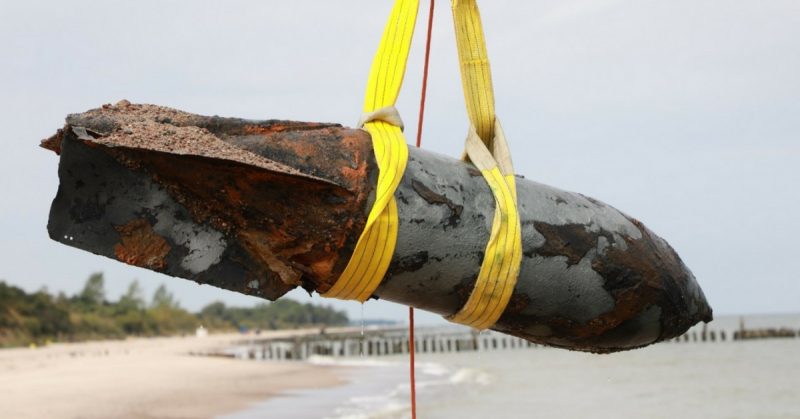In Kołobrzeg, Poland, three WW2-era bombs were found on August 8. Each aerial bomb weighed about 250kg (600 pounds). The unfortunate discoveries were made by a local policeman from Ustronie Morskie dangerously close to the beach. Kołobrzeg and its coastline is an attractive spot for tourists during the summer season, so the matter was taken seriously from the very beginning.
The city council decided not to take any half-measures. The entire area was secured, including the beaches for 2.5 km in both directions, along with sea and airspace for the time when bombs will be disposed of by experts. The police also guarded the beach, and swimming was banned for the time being.
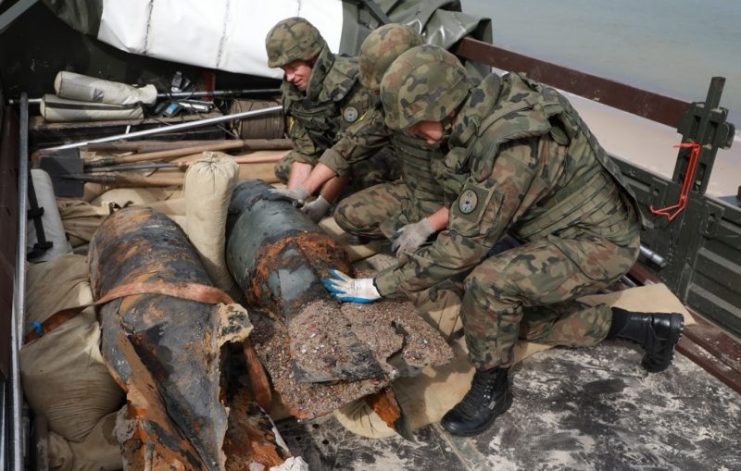
The evacuation started at 7:00 am local time and lasted almost two hours. During the process, over 2,000 locals and over 200 tourists were temporarily evacuated. The city provided buses for everyone in the area to be removed safely and also for their return to the area.
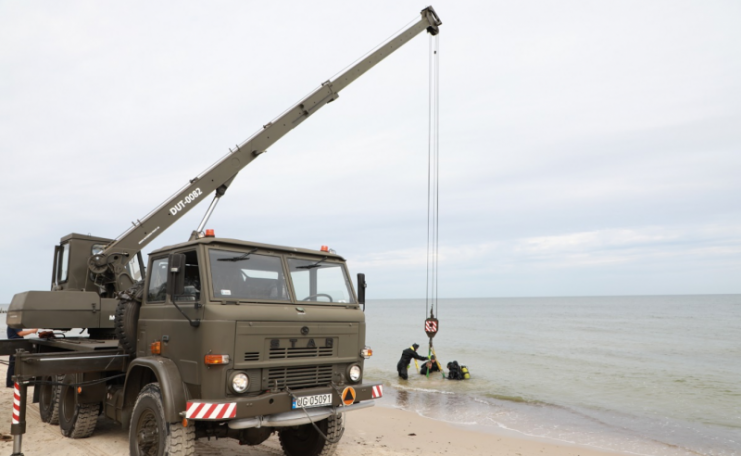
When the entire area was free from civilians, sappers from the 8th Coastal Defence Flotilla started to excavate the hazardous discovery. In total, there were three bombs and two unidentified metal items (luckily just scrap). Afterward, the explosives were transported west to the closest military base for storage.
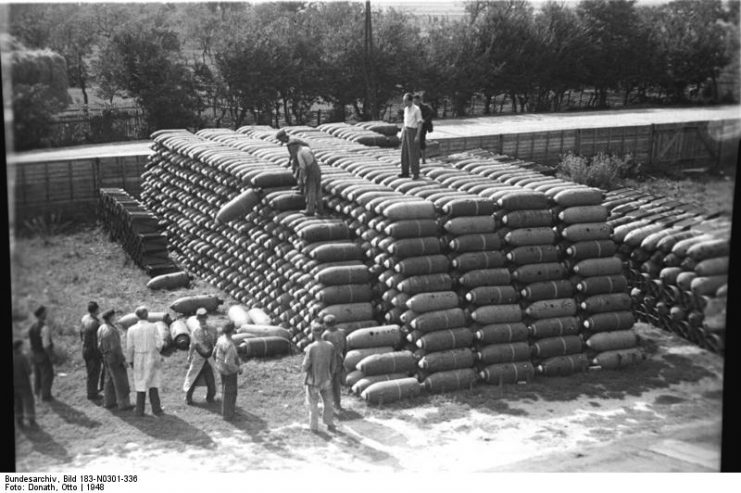
As one of the sappers said: “Bomb’s neutralization is a very dangerous operation. Explosives have to be excavated first, then loaded onto a truck and transported to a facility where we can detonate them. The range of the explosion itself isn’t vast. However, the metal fragments can wound or kill in a radius of few kilometers. Because of that, people had to be evacuated not only from the city but also across the entire route of its transportation.”
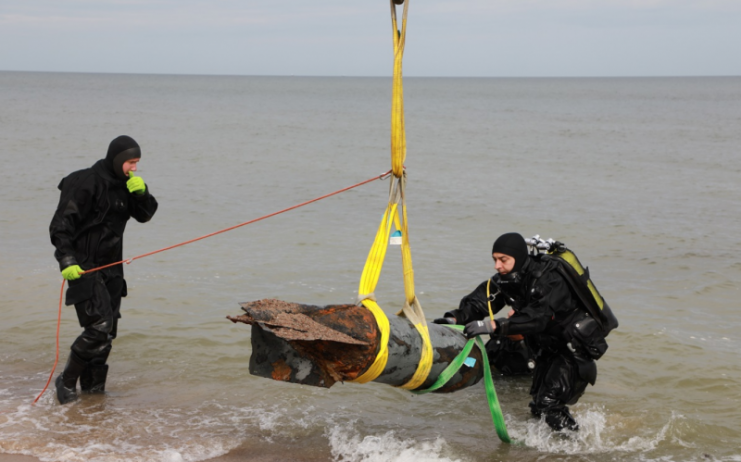
Detonation in the sea wasn’t an option either. The explosion in water is far bigger than in an open field and would be devastating for the environment. A sapper’s job is a risky occupation as the bomb could explode at any moment. Those that were found were in relatively good shape with an igniter still intact.
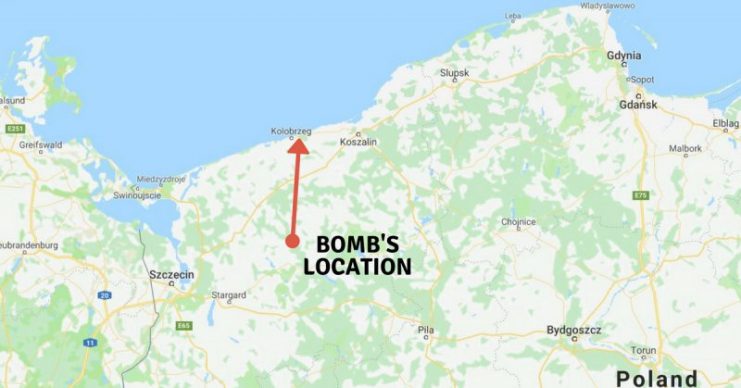
Since 1946, Polish sappers have excavated and destroyed over 16 million mines and over 46 million other explosives, including bombs. Explosives from the last war are still a big problem in most of Europe. Occasionally, a bomb from the First World War also appears, but those are significantly rare. According to some estimates, it will take another 200 years to clear Polish territory from explosives completely.
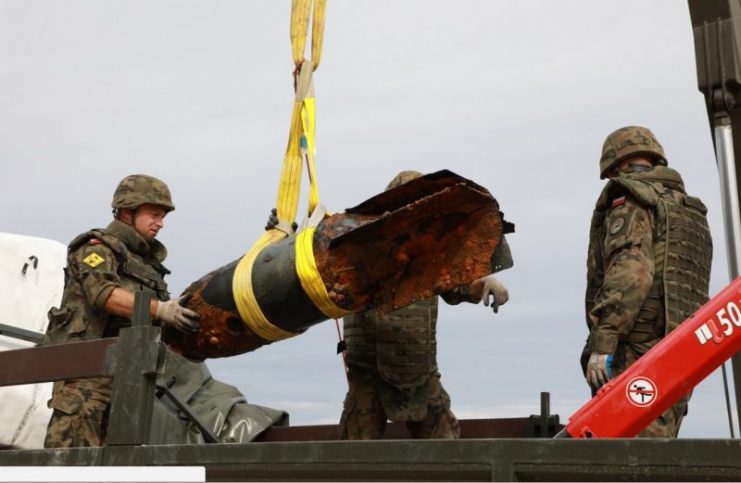
Before 1945, the city was inside of German borders and widely known as Kolberg. In 1944, the city was designated as Festung (stronghold), where one of the most expensive propaganda movies of Nazi Germany was created – “Kolberg” (1945).
It was also one of the last films of the Third Reich. In March 1945, three major battles were fought in the area between Soviet-Polish forces under the command of General Zhukov and the German Wehrmacht. The city was well-fortified and the fights were fierce as Germans were defending the city to the last building. Approximately 80-95% of the city was destroyed according to various sources.
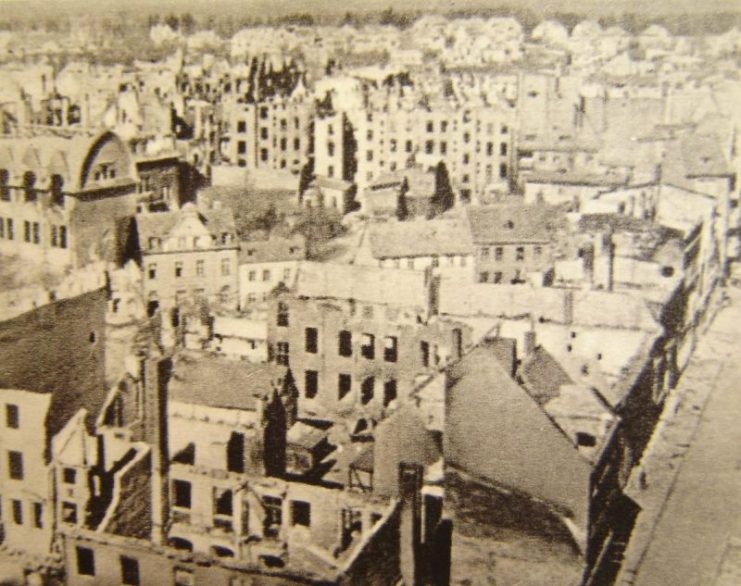
After the war, the city was handed to Poland under the Potsdam Agreement as a territorial compensation. In 1940, the town was inhabited by 36,000 people, while in 1945 the number was reduced to 3,000. Around 46,000 people are currently living in the sunny city of Kołobrzeg.
